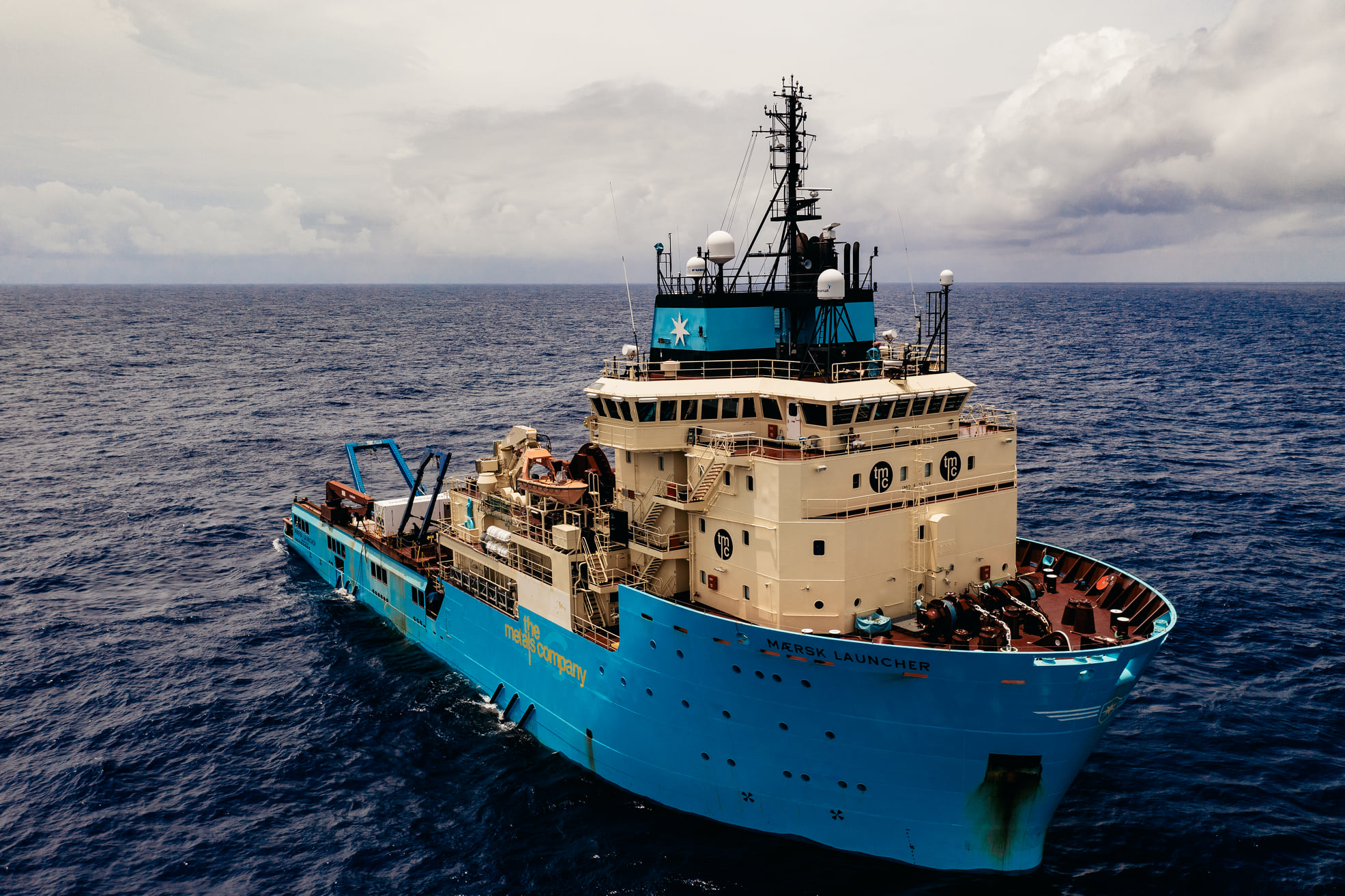MiningWatch Canada has reviewed and provided comments on Nauru Ocean Resources Incorporated (NORI)’s Environmental Impact Statement for a proposed “collector test” of seabed mining equipment. The EIS lays bare the fundamental flaw in proposed deep seabed mining – the lack of adequate information about, and understanding of, deep sea ecosystems and how mining will impact deep sea habitats and associated species. NORI’s Canadian parent company, The Metals Company, has already acknowledged that this knowledge gap is likely to remain for some time to come in its filings for the US Security and Exchange Commission: “Given the significant volume of deep water and the difficulty of sampling or retrieving biological specimens in the Area, a complete biological inventory might never be established.” It is not acceptable that an expansion of mining into fragile ocean ecosystems should be based on lower environmental standards than would be expected on land.
Below is our submission to the Republic of Nauru, as a Sponsoring State to the Nauru Ocean Resources Incorporated (NORI), who is requesting stakeholder feedback on the NORI Collector Test Environmental Impact Statement (EIS).
As a global stakeholder, MiningWatch Canada is deeply concerned about preservation of the international seabed’s ability to sustain its current biodiversity and to maintain wider ecosystem health as it relates specifically to polymetallic nodules; the substrate for biodiversity and ecosystem health in the Clarion Clipperton Zone (Dutkiewicz et al. 2020; Dutkiewicz in Gorey 2020).
Based on our review of the EIS, MiningWatch Canada concludes that the EIS does not meet the ISA’s requirements for an EIS and cannot meet the goal of an EIS, which is to avoid harm to the receiving environment. We therefore request that the International Seabed Authority (ISA) not grant approval for NORI/TMC’s Collector Test to proceed, unless and until these failures have been completely addressed.
MiningWatch Canada's comments focus on two areas of concern:
- Lack of complete environmental baseline data compliant with requirements set out in the International Seabed Authority’s “Recommendations for the guidance of contractors for the assessment of the possible environmental impacts arising from exploration for marine minerals in the Area” (ISBA/25/LTC/6/Rev.1, March 2020)
- A flawed consultation process.
Environmental baseline data - The International Seabed Authority (ISA) has recognized NORI/TMC’s proposed Collector Test as sufficiently significant in terms of its potential environmental impacts to require the prior establishment of “baselines against which to assess the likely effects of its programme of activities under the plan of work for exploration on the marine environment and a programme to monitor and report on such effects” (ISA Recommendations 2020, 1).
The ISA has set out detailed guidance as to the data NORI/TMC is required to collect and provide in its EIS, and the methods for collection of this data (ISA Recommendations) including data on: Physical oceanography; Chemical oceanography; Geological properties; Biological communities (including Megafauna and macrofauna, Meiofauna, Microeukaryotes, Microbiology, Environmental DNA (eDNA) samples).
NORI/TMC’s Environmental Impact Statement (EIS) for the Collector Test fails to provide complete and necessary data to meet the environmental baseline data requirements set out by the International Seabed Authority (ISA) and that is necessary to avoid and to mitigate impacts of the Collector Test. In fact, the EIS describes the Collector Test as an opportunity to collect the very data that should be provided prior to the Collector Test, and described in this EIS. For example, in respect to the “characterization of megafauna” (EIS p. 6-4) the EIS describes data collected during the Collector Test as contributing to the necessary baseline data regarding megafauna: “The methods and proposed survey array for both the collector test and long-term environmental studies on NORI-D will provide data to meet the following objectives.... [italics added]” (EIS 6-5). And the EIS describes its proposed methodology in regard to megafauna thus: “[t]o characterise the abundance, biomass, morphotype structure and diversity of megafauna from scaled photographic transects, the methodologies for data acquisition, image processing and analysis proposed will align with those already published in the peer reviewed literature (e.g., Simon-Lledó et al. 2019) to allow for local (within NORI-D) and regional (wider CCZ) comparisons. [italics added] (EIS 6-5).
Flawed consultation - The public was invited to participate in the consultation provided by this form on October 5, 2021 (and asked to get comments in by the deadline of November 19, 2021).
The ISA (ISA Recommendations 2020, 40) sets out that “The environmental impact statement documents the project’s parameters and the way in which the environmental assessment has been undertaken, including the predicted impacts of the project, proposed measures for mitigation, the significance of residual effects and the uncertainties that affect the predictions and how to address them, as well as concerns raised in consultations and how they have been addressed” [italics added]. The EIS, including its responses to concerns raised in consultations, is to be provided to the ISA one year prior to the proposed activity covered by the EIS (ISA Recommendations 2020, 40-41). However, NORI/TMC state in the EIS we are reviewing that “[t]he current schedule has the NORI-D Collector Test EIS being submitted Q3/2021, the collector test being conducted in Q3/2022.” The third quarter of 2021 concluded on September 30th, before the current consultation.
Furthermore, it appears that the ISA has already reviewed the EIS (ISBA/26/LTC/10), prior to NORI/TMC receiving the feedback requested by this form and prior to inclusion of this feedback in the EIS. These anomalies raise questions for us about the integrity of this consultation process.
